11 Natural Methods to Remove Ground Bees Without Chemicals
Ground bees can be a common sight in many yards during warm months. They usually dig tunnels in the soil to make their homes. While they might look a little scary, most ground bees are harmless and do not sting unless provoked. Many people want to remove them without using strong chemicals around their homes. This article will share simple and natural ways to get rid of ground bees safely and effectively.
This post may contain affiliate links, which helps keep this content free. Please read our disclosure for more info.
Use Cinnamon Powder

Cinnamon powder is a natural bee repellent that can help keep ground bees away from your yard. Sprinkling cinnamon around the entrance of their tunnels makes the area unpleasant for bees. This simple spice works because bees dislike strong smells that interfere with their sense of smell. It is easy to apply and safe for pets and children.
To use cinnamon, scatter the powder around the bee holes regularly, especially in the early morning or late afternoon. The scent will fade over time, so repeat applications are necessary. Cinnamon also has antifungal properties that can benefit your soil. This method does not harm the bees but encourages them to move elsewhere.
Spread Diatomaceous Earth
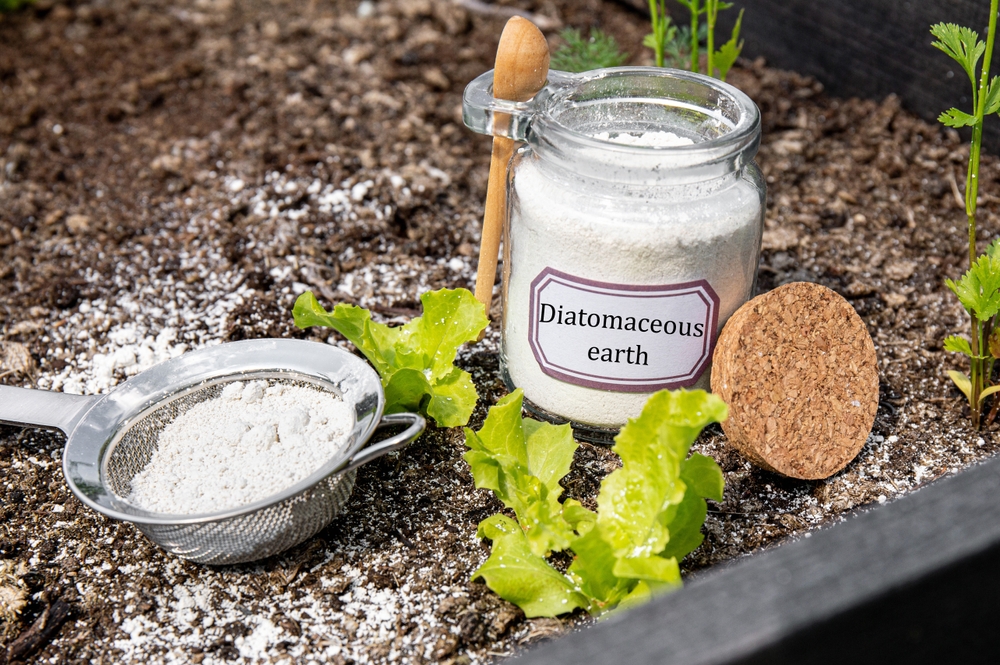
Diatomaceous earth is a natural powder made from fossilized algae and is effective in repelling many insects, including ground bees. It works by damaging the outer layer of the bees’ bodies, which leads to dehydration. Applying it around the nest entrance creates a barrier bees avoid crossing. This product is safe for humans and pets if used properly.
Apply a thin layer of food-grade diatomaceous earth near the ground bee tunnels on dry days. Avoid using it when it is wet because moisture reduces its effectiveness. Wearing a mask during application is wise to prevent inhaling the fine powder. Reapply after rain or watering the garden to maintain its repellent effect.
Plant Mint Around Your Yard
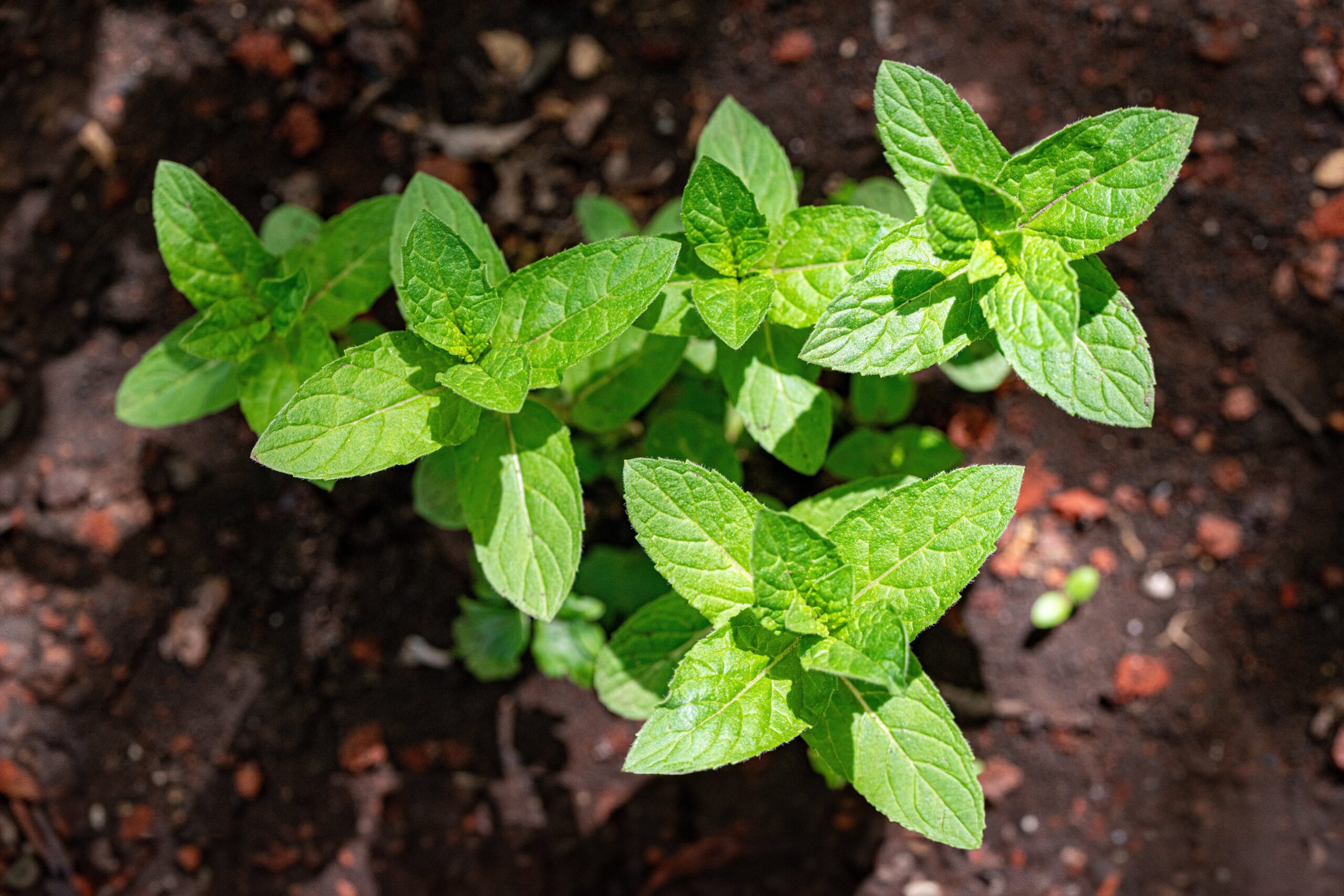
Mint is a strong-smelling herb that many insects, including ground bees, dislike. Growing mint near bee nesting sites can help discourage them from settling in your yard. The fresh, natural scent confuses bees and masks the smell of their tunnels. Mint is easy to grow and can be a pleasant addition to your garden.
Place pots of mint or plant it along flower beds where bees tend to nest. Be cautious, as mint can spread quickly and take over garden areas if not controlled. Regularly harvesting the leaves can keep the plant manageable. This method helps reduce bee presence without harming the environment.
Use Citrus Peels

Citrus peels, such as those from lemons, oranges, and limes, have natural oils that repel ground bees. These oils irritate the bees’ senses, making their nesting spots uncomfortable. Placing fresh citrus peels around bee holes can encourage them to leave. This is an eco-friendly option using items you might already have at home.
For best results, place fresh peels near entrances to tunnels and replace them as they dry out. Crushing the peels slightly releases more of the natural oils, increasing their effectiveness. Citrus peels also add nutrients to the soil as they decompose. This gentle method avoids the need for harsh chemicals.
Sprinkle Garlic Powder
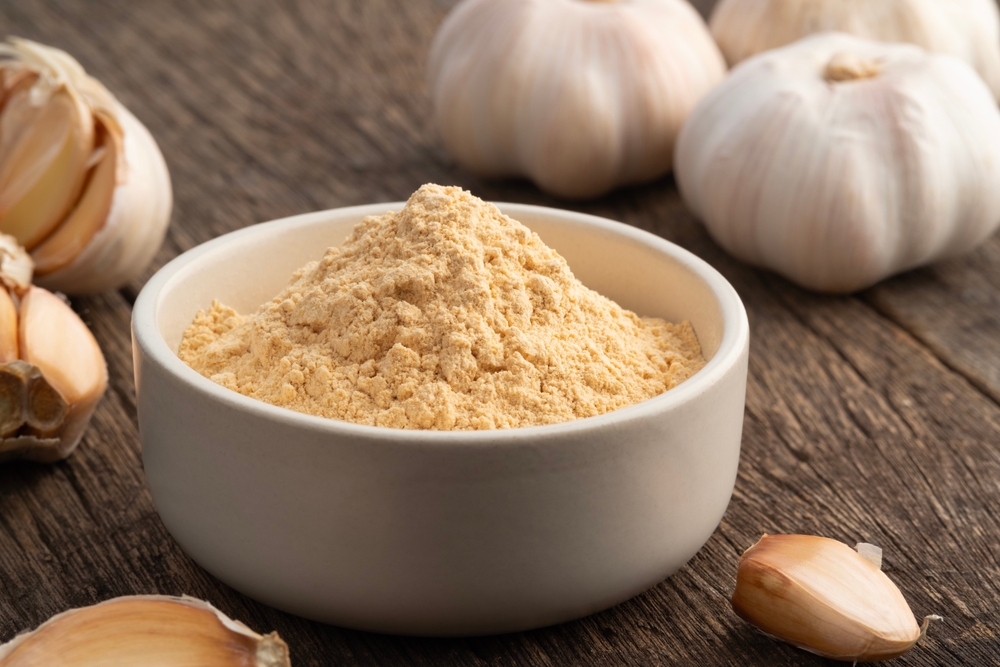
Garlic powder contains compounds that insects find unpleasant and that can drive ground bees away. The strong aroma interferes with their navigation and signals that the area is not suitable. Sprinkling garlic powder around bee nests offers a natural way to encourage bees to relocate. Garlic is inexpensive and easy to use.
Apply the powder directly around the holes early in the morning when bees are less active. Repeat the application every few days to maintain the scent. Garlic also benefits the soil by acting as a mild natural pesticide. This method is safe and avoids disturbing other beneficial insects.
Create a Vinegar Spray

Vinegar is a household product that can repel ground bees when mixed with water. Its sharp smell discourages bees from entering treated areas. Making a simple spray with vinegar provides a natural option to control bee activity near your home. Vinegar is non-toxic and affordable.
Mix equal parts of white vinegar and water in a spray bottle and spray around the entrance to bee tunnels. Avoid spraying directly on plants or flowers, as vinegar can harm them. Reapply the spray every few days, especially after rain. This method works best as a preventive measure.
Use Coffee Grounds
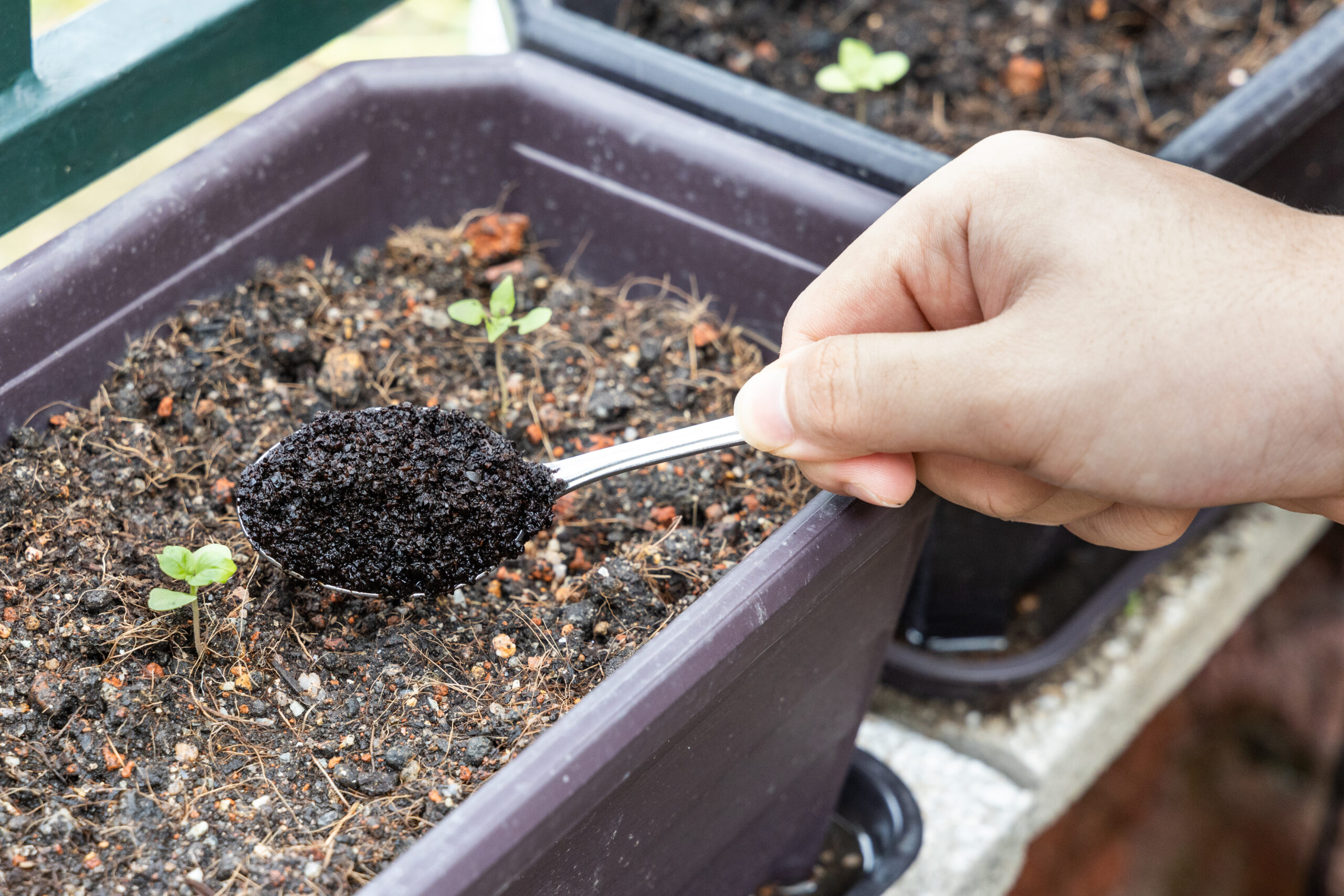
Used coffee grounds have a strong smell that can deter ground bees from nesting nearby. Sprinkling dry coffee grounds around the nesting area makes it less attractive for bees. Additionally, coffee grounds improve soil quality by adding organic matter. This is a simple way to recycle waste while managing bees naturally.
Scatter coffee grounds evenly around bee tunnels and refresh the area regularly. Avoid piling the grounds too thickly, as it can affect plant growth. Coffee grounds are safe for most pets and children. This natural option is inexpensive and easy to maintain.
Install Fake Nesting Sites
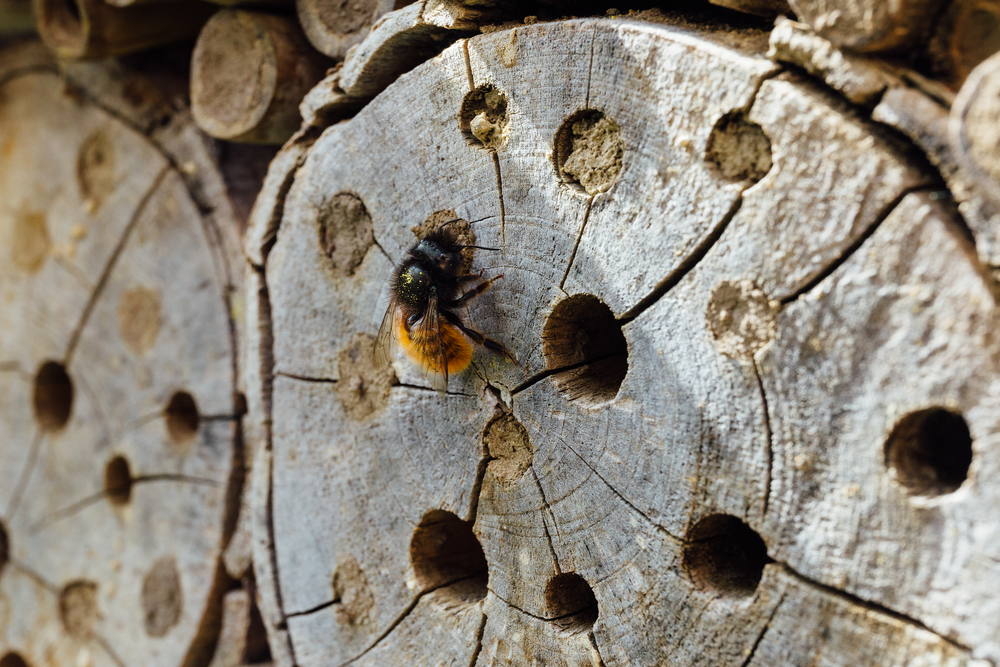
Ground bees are territorial and prefer to avoid areas where they see other nests. Placing fake nests made of paper or natural materials can trick bees into thinking the area is already occupied. This method helps prevent new colonies from establishing themselves. It is a harmless way to reduce bee activity.
Hang or place fake nests near existing bee holes or potential nesting spots. Make sure they resemble real nests as closely as possible to be effective. Remove the fake nests after the bees have left the area. This technique works best combined with other natural methods.
Encourage Natural Predators
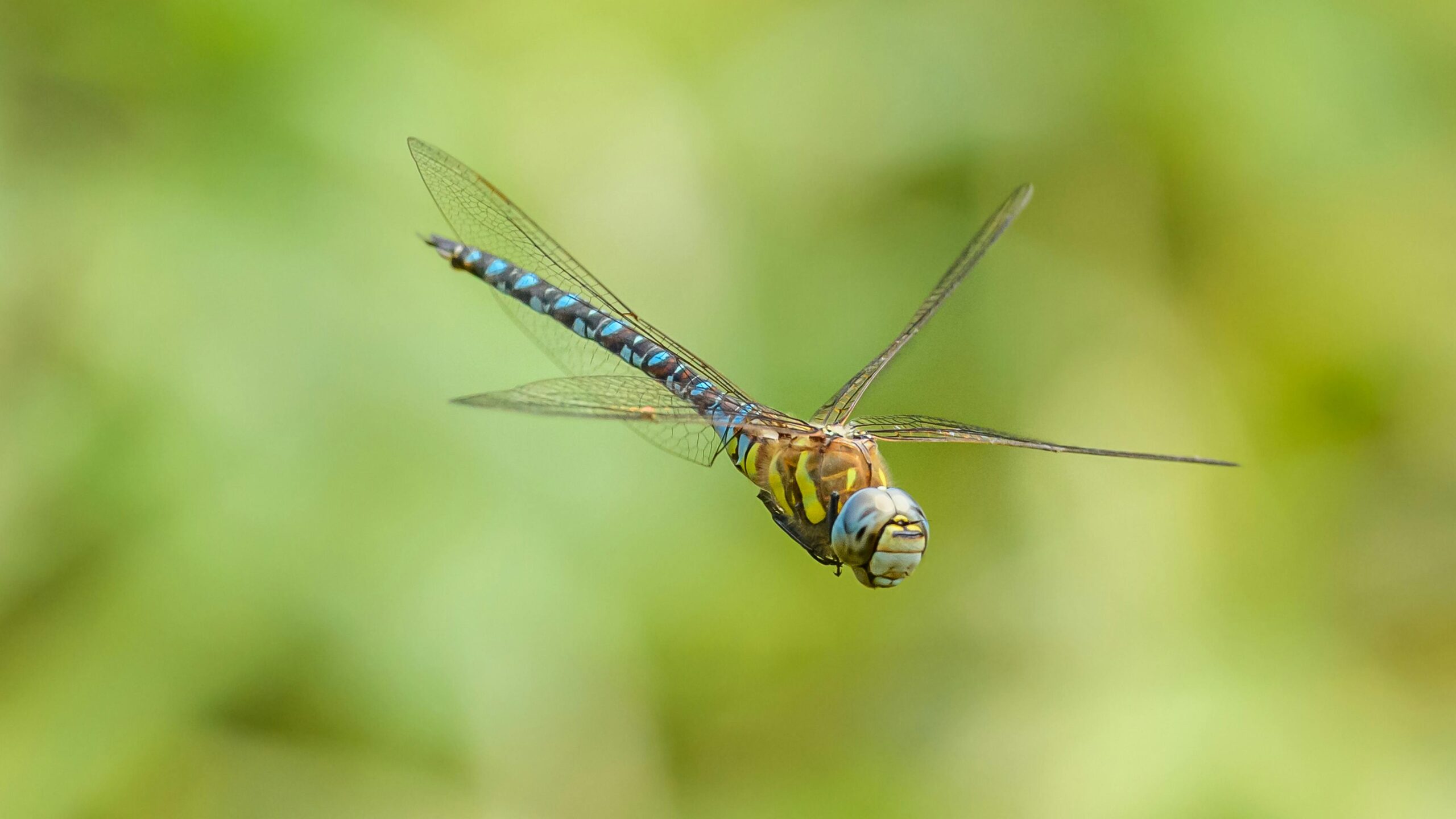
Certain birds and insects feed on ground bees and can help control their population naturally. Attracting these predators by providing food or shelter can reduce bee numbers. For example, birds like sparrows and insect species such as dragonflies hunt bees. Creating a balanced environment supports this natural control.
Place bird feeders or birdhouses in your yard to invite helpful birds. Avoid pesticides that harm beneficial insects. Providing water sources can also attract natural predators. This method helps keep bee populations in check without harming your garden.
Keep Your Lawn Well-Maintained

Ground bees prefer undisturbed soil to create their nests. Regularly mowing your lawn and removing excess debris makes your yard less inviting to them. Keeping the soil moist but not overly wet also discourages tunneling. This simple practice reduces nesting sites naturally.
Rake leaves and clear away grass clippings that could hide bee entrances. Aerate your soil to reduce compact areas where bees like to dig. A tidy yard also helps you spot bee activity early. This approach prevents infestations without chemicals.
Use Essential Oils

Some essential oils, such as peppermint, eucalyptus, or citronella, have scents that ground bees avoid. Mixing these oils with water and spraying around nesting areas can repel bees naturally. These oils are available in health stores and can be diluted safely for outdoor use. They add a pleasant smell to your yard while controlling bees.
Combine a few drops of essential oil with water in a spray bottle and apply around tunnels. Reapply the spray regularly to maintain the scent. Essential oils should be used carefully to avoid affecting other beneficial insects. This option offers a natural and gentle way to manage ground bees.
Dealing with ground bees does not have to mean using harsh chemicals that harm your garden or pets. These natural methods offer simple and safe ways to encourage bees to move on without causing damage. Consistency is important when trying these approaches to see the best results. With patience and care, you can manage ground bees while keeping your outdoor space healthy and inviting.
This article originally appeared on Avocadu.
